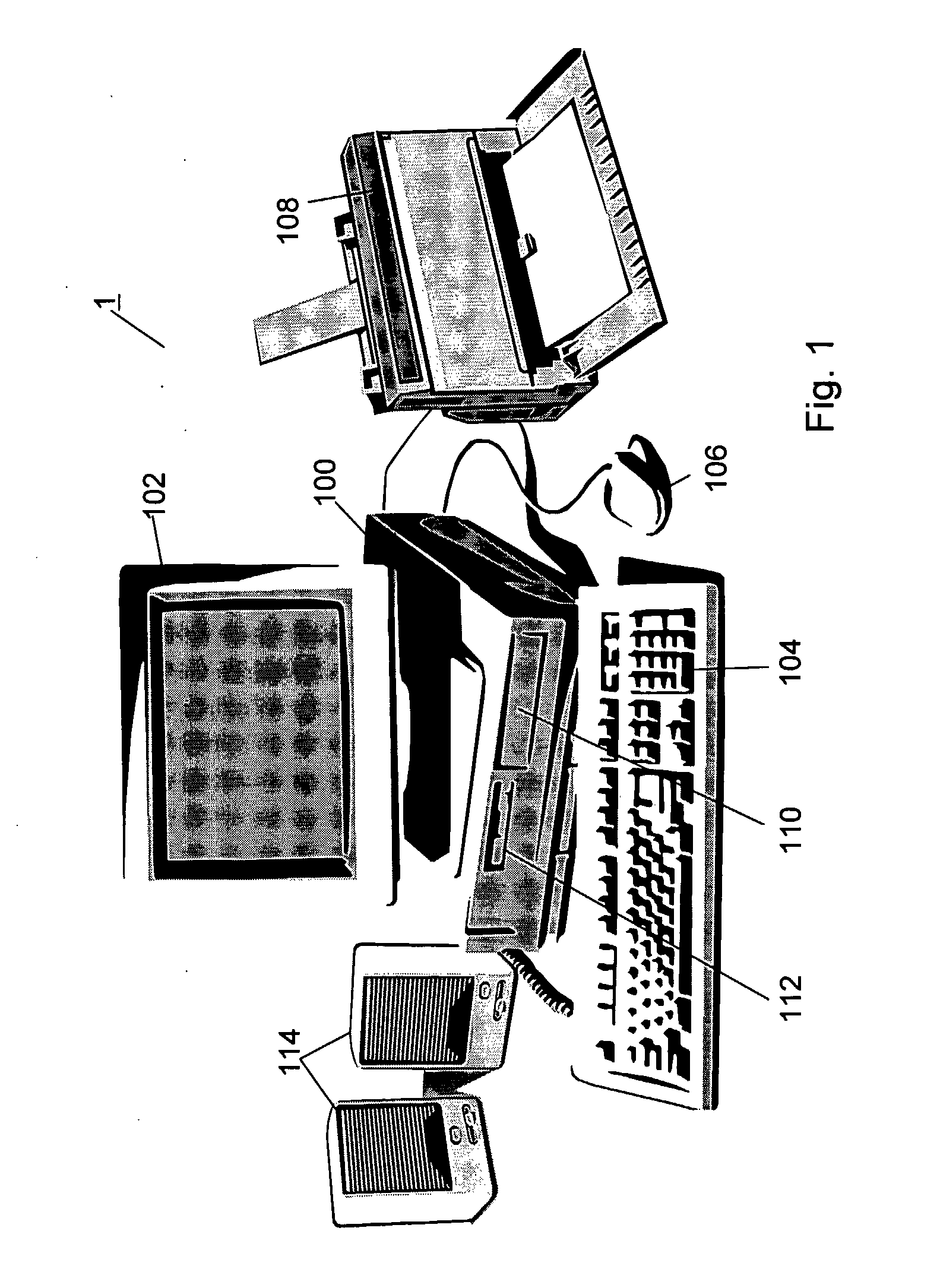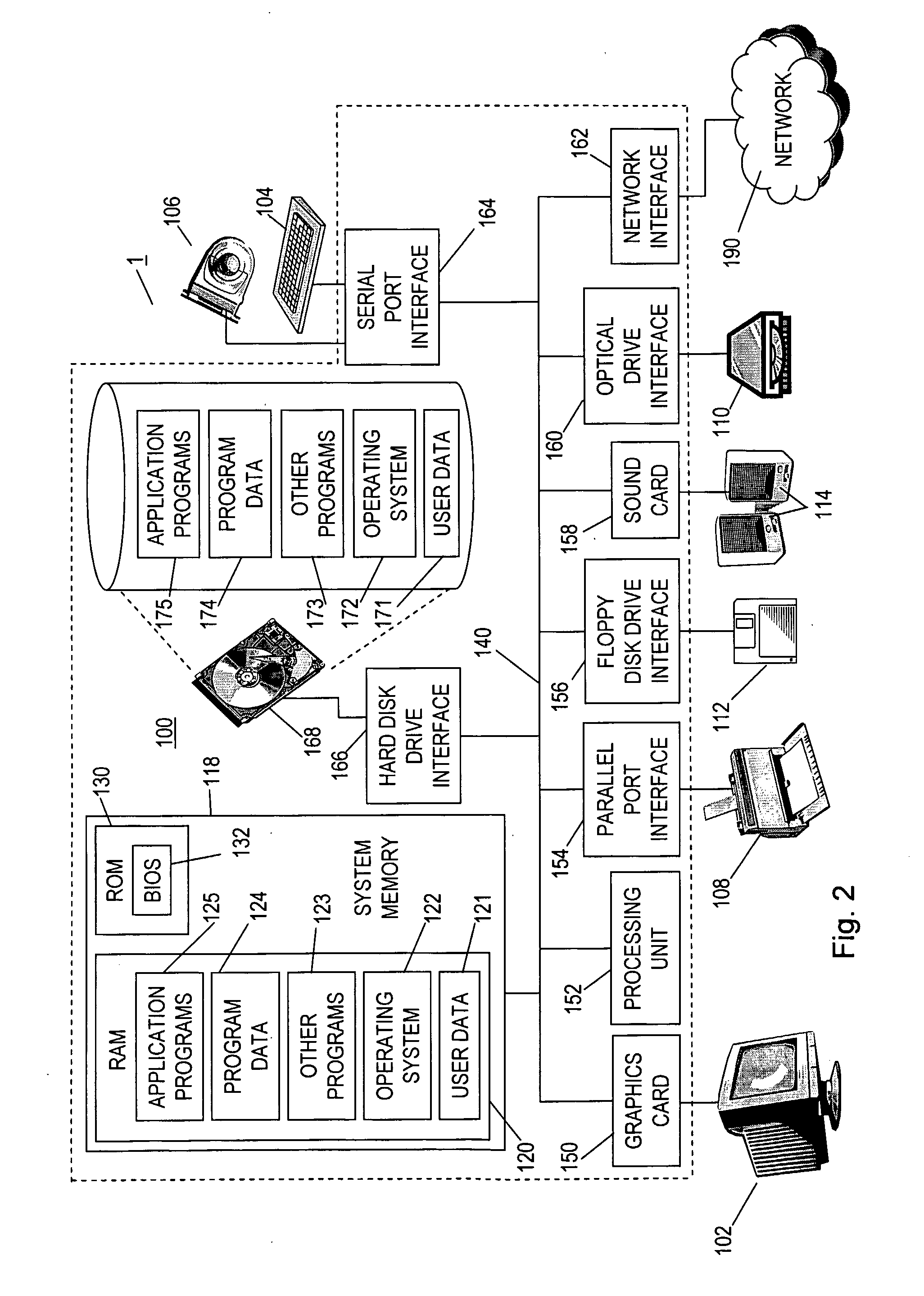Induction of grammar rules
a grammar rule and grammar technology, applied in the field of machine translation, can solve the problems of insufficient expression of the relationships present in unbounded dependencies, limitations of basic cfgs, and linguistic phenomena that require substantial modification of the cfg model
- Summary
- Abstract
- Description
- Claims
- Application Information
AI Technical Summary
Problems solved by technology
Method used
Image
Examples
Embodiment Construction
[0096]FIG. 1 shows a general purpose computer system which provides the operating environment of embodiments of the present invention. Later, the operation of the embodiments of the present invention will be described in the general context of computer executable instructions, such as program modules, being executed by a computer. Such program modules may include processes, programs, objects, components, data structures, data variables, or the like that perform tasks or implement particular abstract data types. Moreover, it should be understood by the intended reader that the invention may be embodied within other computer systems other than those shown in FIG. 1, and in particular hand held devices, notebook computers, main frame computers, mini computers, multi processor systems, distributed systems, etc. Within a distributed computing environment, multiple computer systems may be connected to a communications network and individual program modules of the invention may be distribu...
PUM
 Login to View More
Login to View More Abstract
Description
Claims
Application Information
 Login to View More
Login to View More - R&D
- Intellectual Property
- Life Sciences
- Materials
- Tech Scout
- Unparalleled Data Quality
- Higher Quality Content
- 60% Fewer Hallucinations
Browse by: Latest US Patents, China's latest patents, Technical Efficacy Thesaurus, Application Domain, Technology Topic, Popular Technical Reports.
© 2025 PatSnap. All rights reserved.Legal|Privacy policy|Modern Slavery Act Transparency Statement|Sitemap|About US| Contact US: help@patsnap.com



